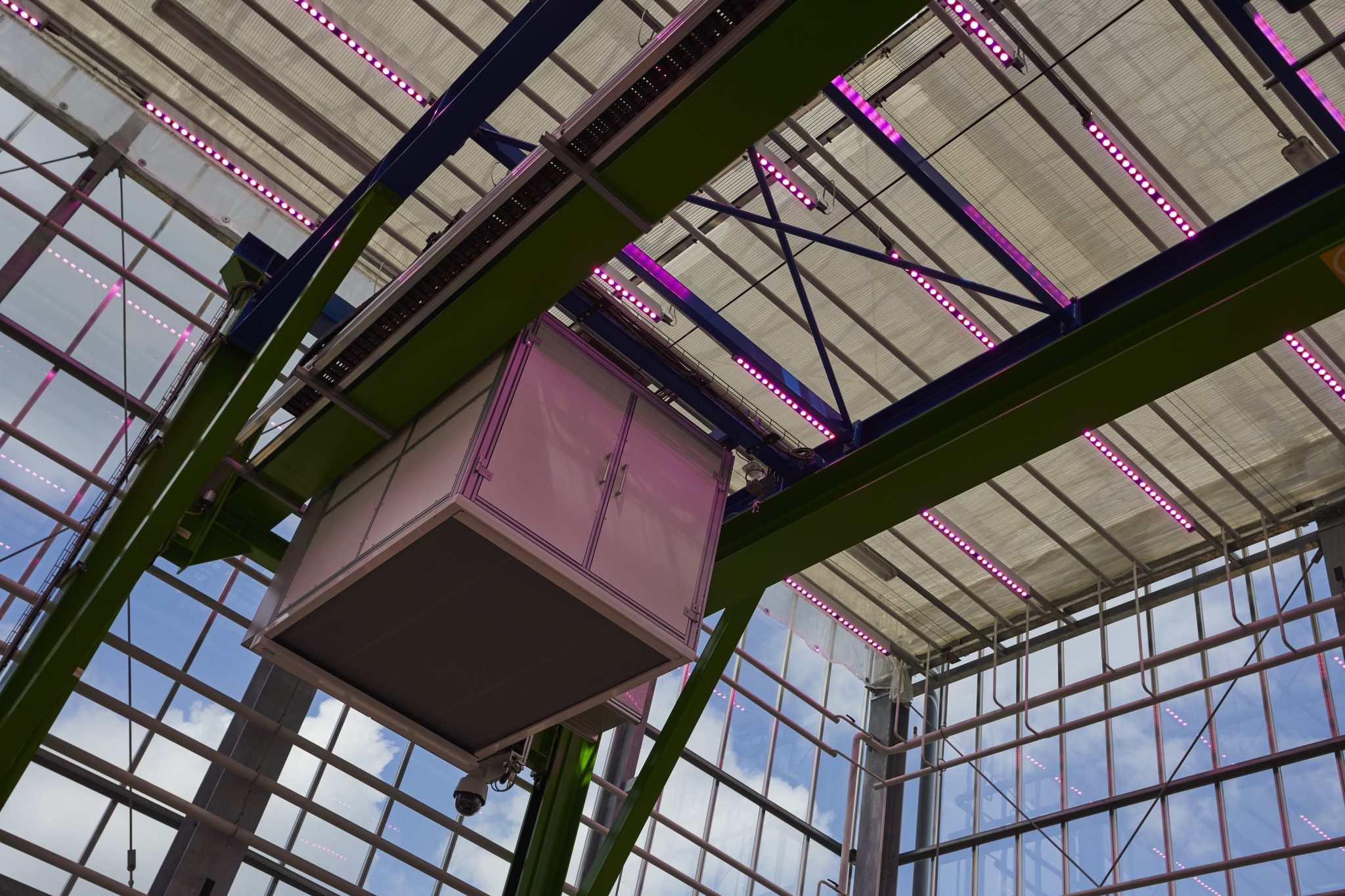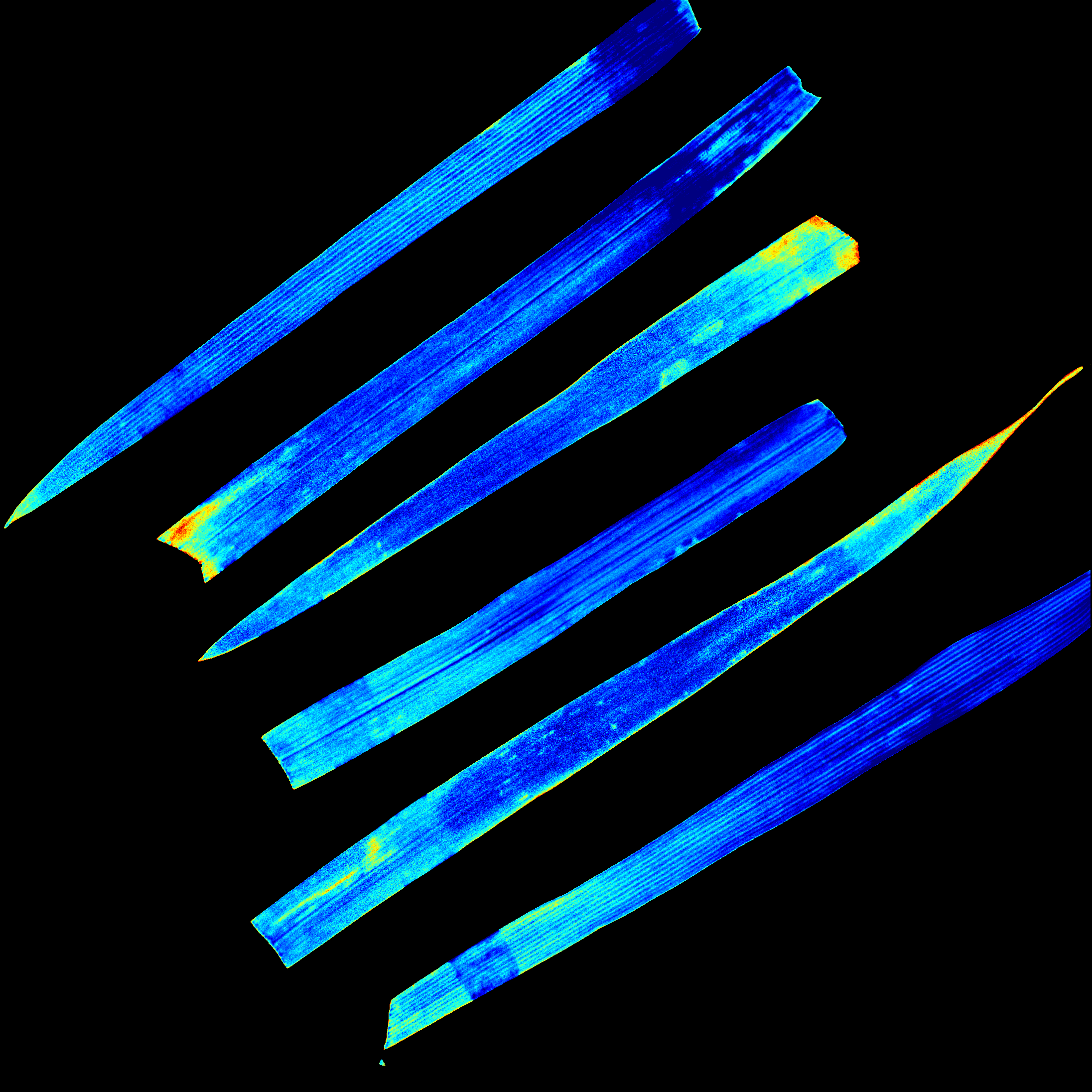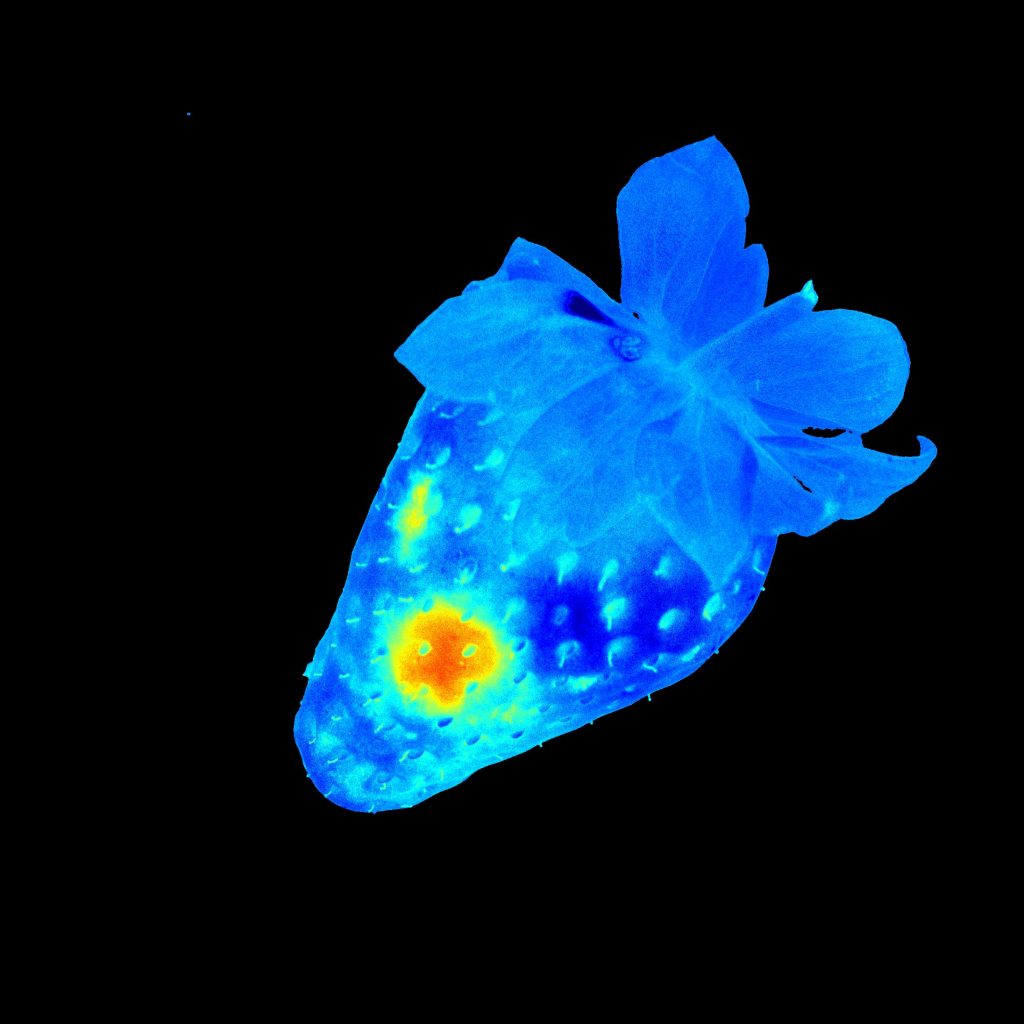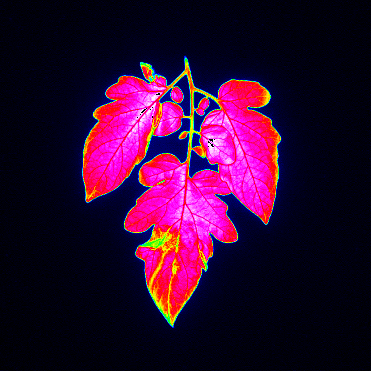…for farmers
Agriculture is heavily reliant on seeing and understanding the natural world. We look at the benefits of digital plant phenotyping for those on the front-line of agriculture.
From plant breeders examining the best crop varieties, to agronomists identifying pests and diseases in the field before they become a problem. This has served us well to date, but we now need to pave the way for something better. Not only in detecting threats much faster and with higher precision in the field, but also in increasing our understanding of, and developing subtle differences in, crop genetics and new crop protection products. Digital plant phenotyping has an important role to play in this.

1. Plant breeding
Plant breeding is a numbers game, with massive amounts of genetic material needed to produce a single new variety. Getting to that ‘one’ is the key to this process, and high throughput digital plant phenotyping offers plant breeders a novel tool to get there quicker. Rather than relying on a person, automated gantry (as used in the CHAP Plant Phenotyping and Soil Health Facility at Cranfield University) and robotic systems can capture thousands of images using artificial intelligence (AI) and other computerised processes to identify the needle in the haystack.
Furthermore, by using technologies capable of seeing more than is possible with the naked eye, such systems can pick up more subtle variations or earlier signs of genetic promise than a person ever could.
2. Weed identification
Weeds are a growing problem for farmers, due to rising herbicide resistance and the difficulty in identifying them at an early stage in the huge expanse of a field. Furthermore, many weed species that, in early growth stages, look identical require distinct management actions, some even bear a striking resemblance to the crop.
Here, digital plant phenotyping using Red-Green-Blue (RGB) camera platforms on tractors, drones or robots can help. Day or night, they can image every inch of a field to identify weeds, with the cycle repeating every few days to catch new weeds as they emerge.
Using AI these can be easily pinpointed with GPS, enabling better management through precision pesticide applications, mechanical removal or even zapping with a laser or electric shock.


3. Pest and disease identification
Like weeds, the key to tackling pests and diseases in crops is to identify them as early as possible. However, they can be much trickier to spot, as they can appear anywhere, at any given time. Pests often hide in hard-to-see areas on plants, and are only seen when they have already caused damage.
Similarly, diseases may only be visible after a few weeks, by which time they have irreparably damaged the crop. However, advanced imaging techniques such as chlorophyll fluorescence or near infra-red (NIR), can detect early signs of infection much more effectively than the naked eye.
Early identification of pests and diseases, increases the management options available to farmers. This could include introducing – or attracting – natural pest predators, or using precision application of pesticides or biological solutions to counteract diseases.
4. Plant stress
Plants are sessile organisms, in that they can’t move, meaning they are prone to environmental stress. This can include lack of water or nutrients, too much sun, high soil salinity, or weather-related damage. Often such stresses are only noticed too late, when leaves or whole plants begin to turn yellow, purple or brown and eventually die.
Early identification of more subtle changes would enable farmers to tackle these problems in good time. Simple techniques, such as thermal infrared imagery, can help detect hot spots in crops, indicating a lack of water and the beginnings of a drought. The use of stereo camera systems can measure early wilting or changes in canopy structure to indicate a potential problem.
Changes in colouration, picked up by RGB cameras, can show nutrient deficiency or salinity in soils. Such techniques could be employed on tractors for variable rate nutrient applications, or to identify and prioritise areas of crop in need of irrigation or other remedial actions.


5. New solutions
Crops represent a high risk to farmers, who invest a lot of time and resources to produce a saleable crop at the end. Digital plant phenotyping can help not only to identify problems in the field and highlight the need for action, but it also enables researchers to discover innovative solutions to such challenges. This is particularly important as agriculture transitions to having fewer available synthetic pesticides and fertilisers.
The use of this technology allows more complex or subtle replacement solutions to be evaluated. Often this requires the multiple technologies discussed above, to be used together as multispectral and hyperspectral systems, gathering a wide range of data simultaneously. This can then be paired with other data from ‘-omics’ platforms, which not only examine the DNA and other biological processes of crops, but also those of weeds, pests, diseases and of beneficial communities of organisms on a plant or in the environment. Together, such data allows for the development of integrated solutions to problems, which may have a more complex or subtle effect compared to traditional synthetic products.
To find out how CHAP, in partnership with Rothamsted Research, can help to take your crop research to another level, go to Digital Phenotyping Lab.










